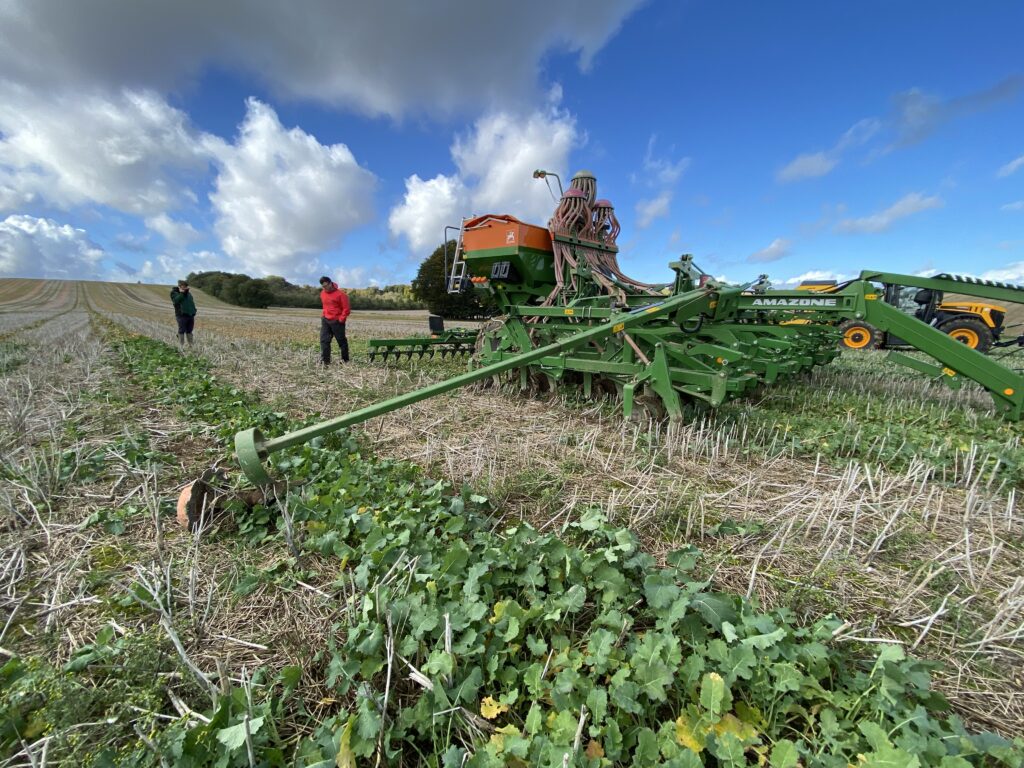Signs of Spring are everywhere, and while work in the world of agriculture never stops, this month we will see efforts ramp up – from the drilling, or sowing, of the sugar beet to fertilising and crop spraying.
At a local level, we may still only be seeing the seeds of regenerative agriculture taking hold, but as reported in the Financial Times recently, at a global level, the well-coined phrase is now ‘firmly cemented in corporate parlance’ as well as across some of ‘the sustainability plans of big food companies such as Nestlé, Unilever and Danone’.
With leaps being made ‘up there’ in the grander scheme of things, for us on a day-to-day basis it’s been positive to see regenerative agriculture gaining increased interest and traction as growers look to find new ways of reducing inputs while increasing their ROI.
Sea2Soil, for example, with its biostimulant activity as a soil improver, plus added nutrients, will increase microbial activity, root growth root diameter and soil water holding capacity. This leads to increased nutrient availability, higher quality and double-digit yield increases because it stimulates the uptake of fertilisers and nutrients with no negative effects on a range of crops.
The soil improver market has the potential to grow considerably bigger than the current pesticide supply industry, given time.
With all the interests in regenerative agriculture, carbon footprints, reduced fertiliser usage, recent legislation shifts and sustainable farming, is this the time for soil improvers to move forward into mainstream agricultural product usage? We think so.

There is a clear trend developing that shows farmers are growing tired of the regenerative market having no clear definition too, with almost anyone technically being able to label themselves ‘regenerative’ under a green-washed label.
Because of this, we’re seeing growers looking to invest in products such as Sea2Soil, where results are being driven by ongoing trials, in turn, providing firm foundations upon which they can then qualify themselves regenerative.
If the 20th century was the era of biochemistry, the 21st could easily be described as the era of biology. As an industry, we are realising that our actions matter; we cannot continue to ignore the health of the soil and our wellbeing.


